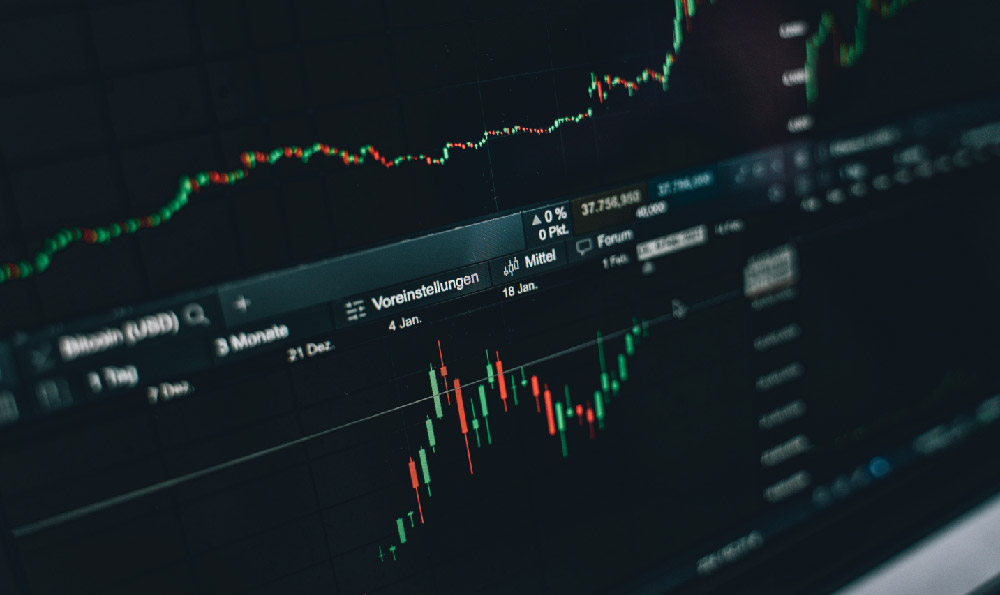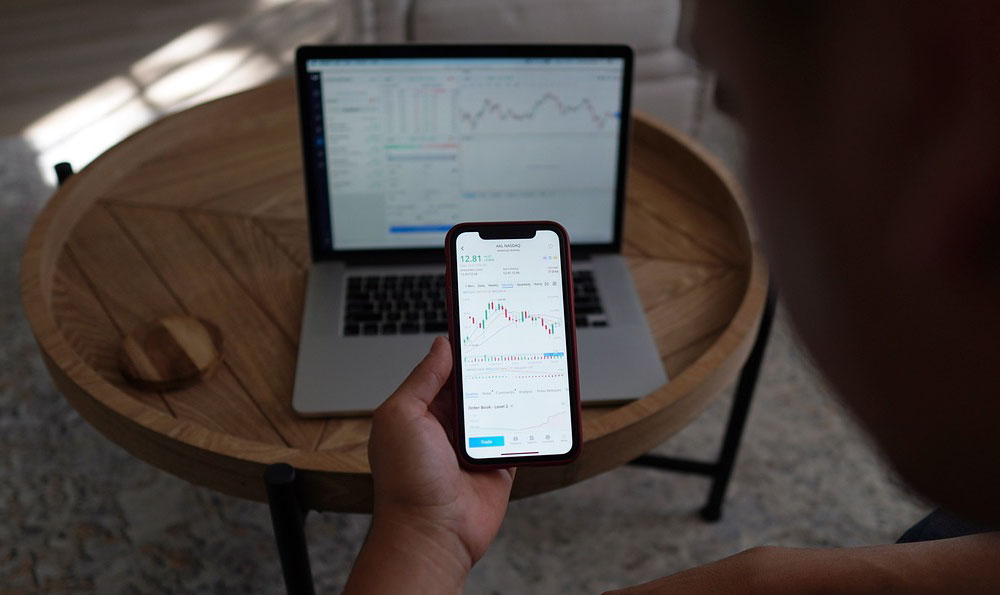Okay, I'm ready. Here's an article answering the question, "How do VCs generate returns, and what's their profit model?", written as a seasoned investment professional with a focus on depth and practical understanding.
Venture Capital (VC) firms, the engines fueling innovation and disruptive startups, operate under a unique profit model. Understanding how they generate returns is crucial, not just for aspiring VCs or entrepreneurs seeking funding, but for anyone interested in the mechanics of high-growth investing. Their profitability hinges on a carefully orchestrated combination of deal selection, value creation, and exit strategies, all tempered by the inherent risk of early-stage ventures.
At the core of a VC's profit model is the concept of the "fund." A VC firm doesn't invest its own capital (although partners contribute a portion); instead, it raises a fund from Limited Partners (LPs). These LPs are typically institutional investors like pension funds, endowments, sovereign wealth funds, and high-net-worth individuals. The fund has a fixed lifespan, typically 10 years, with potential extensions. The capital commitments from LPs are not immediately deployed; rather, the VC firm "calls" the capital over time, as investment opportunities arise.

The primary return for a VC firm comes from successful "exits" of their portfolio companies. An exit occurs when the VC firm sells its stake in a company, realizing a profit (hopefully a significant one). Common exit strategies include:
- Acquisition: A larger company acquires the portfolio company. This is perhaps the most common exit route, providing liquidity and potentially a large return if the acquisition price is favorable. The acquiring company may be interested in the portfolio company's technology, market share, or talent.
- Initial Public Offering (IPO): The portfolio company goes public, offering shares to the general public on a stock exchange. An IPO can be a very lucrative exit, but it's also a complex and lengthy process, dependent on market conditions and the company's performance.
- Secondary Sale: The VC firm sells its shares to another investor, such as another VC firm, a private equity firm, or a strategic investor. This is often used when an IPO or acquisition isn't immediately feasible, but the company is still showing promise.
The magnitude of the return from these exits is what ultimately drives the VC firm's profitability and its ability to attract future investment.
VC firms operate under a "2 and 20" fee structure, although variations exist. The "2" refers to a management fee, typically 2% of the total fund size, charged annually. This fee covers the VC firm's operating expenses, including salaries, office space, and due diligence costs. It’s a consistent revenue stream, regardless of the fund's performance.
The "20" refers to the carried interest, or "carry." This is a performance-based fee, typically 20% of the profits generated by the fund above a certain hurdle rate (often 8% annually). This is where the significant money lies. If a fund performs exceptionally well, the carry can generate substantial wealth for the VC partners. The carry incentivizes the VC firm to select promising investments and actively work to increase their value.
However, it's essential to remember that VC investing is inherently risky. The vast majority of startups fail. A VC fund needs to identify and invest in the few "outliers" – companies that achieve massive growth and deliver exceptional returns – to offset the losses from the failures. This is why VC firms often talk about the "power law," where a small number of investments generate the majority of the returns. Therefore, a diversified portfolio is key to mitigating risk.
Value creation is also a critical aspect of the VC return equation. VC firms don't just provide capital; they often provide mentorship, networking opportunities, and strategic guidance to their portfolio companies. They may help with recruiting key personnel, developing business strategies, securing follow-on funding, and navigating regulatory hurdles. This active involvement can significantly increase the likelihood of a successful exit.
The due diligence process is paramount. Before investing, a VC firm conducts thorough research on the company, its market, its technology, and its management team. This process involves analyzing financial statements, interviewing customers, assessing competitive landscapes, and evaluating the founders' track record. Robust due diligence helps to identify potential risks and assess the company's potential for growth.
Furthermore, the timing of investments is crucial. VC firms need to invest at the right stage of a company's development, when the company has demonstrated some initial traction but still has significant growth potential. Investing too early can be too risky, while investing too late can miss out on the most significant gains.
Competition amongst VC firms is intense, especially for the most promising deals. A VC firm's reputation, network, and track record play a significant role in attracting high-quality investment opportunities. Founders often choose to work with VC firms that can offer more than just capital – firms that can provide valuable expertise and connections.
In conclusion, VC firms generate returns through a complex interplay of factors. Their profit model relies on a combination of management fees and carried interest from successful exits. The keys to success include rigorous due diligence, strategic value creation, a diversified portfolio, and the ability to identify and support exceptional companies. While the risks are high, the potential rewards are substantial, making venture capital a crucial driver of innovation and economic growth. The "2 and 20" structure incentivizes alignment between the VC firm's success and the success of its portfolio companies, ensuring that both parties are motivated to achieve exceptional results.












